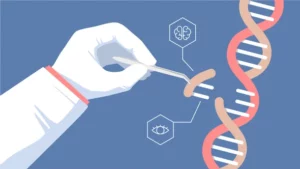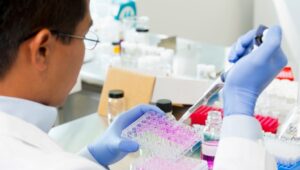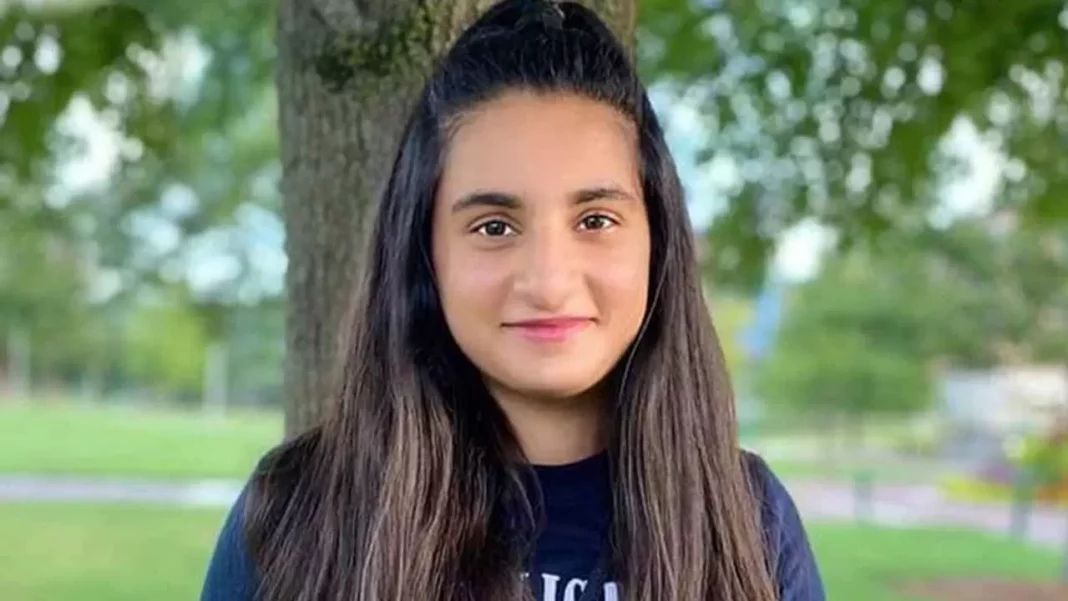Young Pakistani woman Nabaa Naveed was the first international student to be selected for the CRISP Cancer Research program while she was pursuing her undergraduate studies in the United States.
For undergraduate students interested in a career in cancer research and allied health fields, the fiercely competitive CRISP Cancer Research Program was established. Additionally, it would be an eight-week program and stipends would be given to chosen students.
CRISPR-Cas is a common, naturally occurring DNA-cutting system that was first discovered in bacteria and other microbes in the 1980s. It was revealed more recently, in the early 2000s, that these organisms’ CRISPR-Cas systems function as a virus defense system. Short pieces of viral DNA that have invaded bacteria are broken up and incorporated into the host genome using structures called “clustered regularly interspaced palindromic repeats,” or “CRISPR.”

The new technology has dramatically changed what is possible and what is impossible in the scientific community. Cancer researchers leaped at the possibility to employ CRISPR as soon as it appeared on the shelves and freezers of labs all around the world. According to Jerry Li, M.D., Ph.D., of the NCI’s Division of Cancer Biology, “CRISPR is becoming a mainstream tool used in many cancer biology research because of the convenience of the technique.”
CRISPR is now being tested on cancer patients instead of just in test tubes. For instance, in a tiny study, scientists examined immunotherapy for cancer that used immune cells that had undergone CRISPR editing to enhance their ability to detect and combat cancer. Despite the excitement, scientists have been moving cautiously, determining the tool’s advantages and disadvantages, establishing best practices, and discussing the social and ethical ramifications of human gene editing.

CRISPR is viewed as a game-changer by scientists for a variety of reasons. The main benefit, especially when compared to more traditional gene-editing methods, is perhaps how simple CRISPR is to employ. Up until recently, only a small number of laboratories could produce the necessary tools [for gene editing]. Now that CRISPR is available, even a high school student can alter a complex genome, according to Alejandro Chavez, M.D., Ph.D., an assistant professor at Columbia University and the creator of numerous cutting-edge CRISPR tools.
Komal Ali Shah becomes first Pakistani to be chosen for anti-nukes academy
Additionally, CRISPR is entirely adaptable. It is more accurate than existing DNA-editing techniques and can essentially modify any DNA segment within the 3 billion letters of the human genome. Additionally, CRISPR gene editing is much quicker. Dr. Li noted that with earlier techniques if you’re lucky, it normally [takes] a year or two to develop a genetically altered mouse model. But now, he claimed, a scientist can make a sophisticated mouse model in a matter of months thanks to CRISPR.


